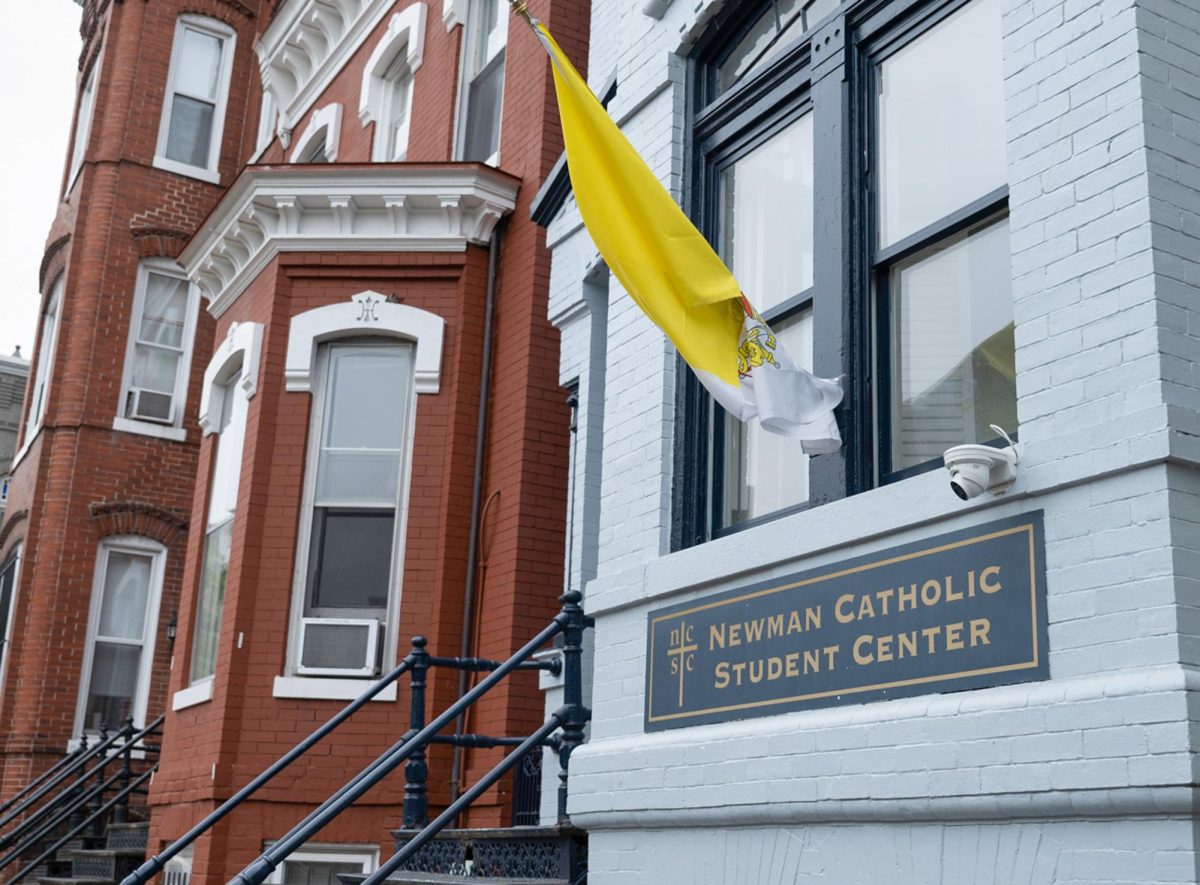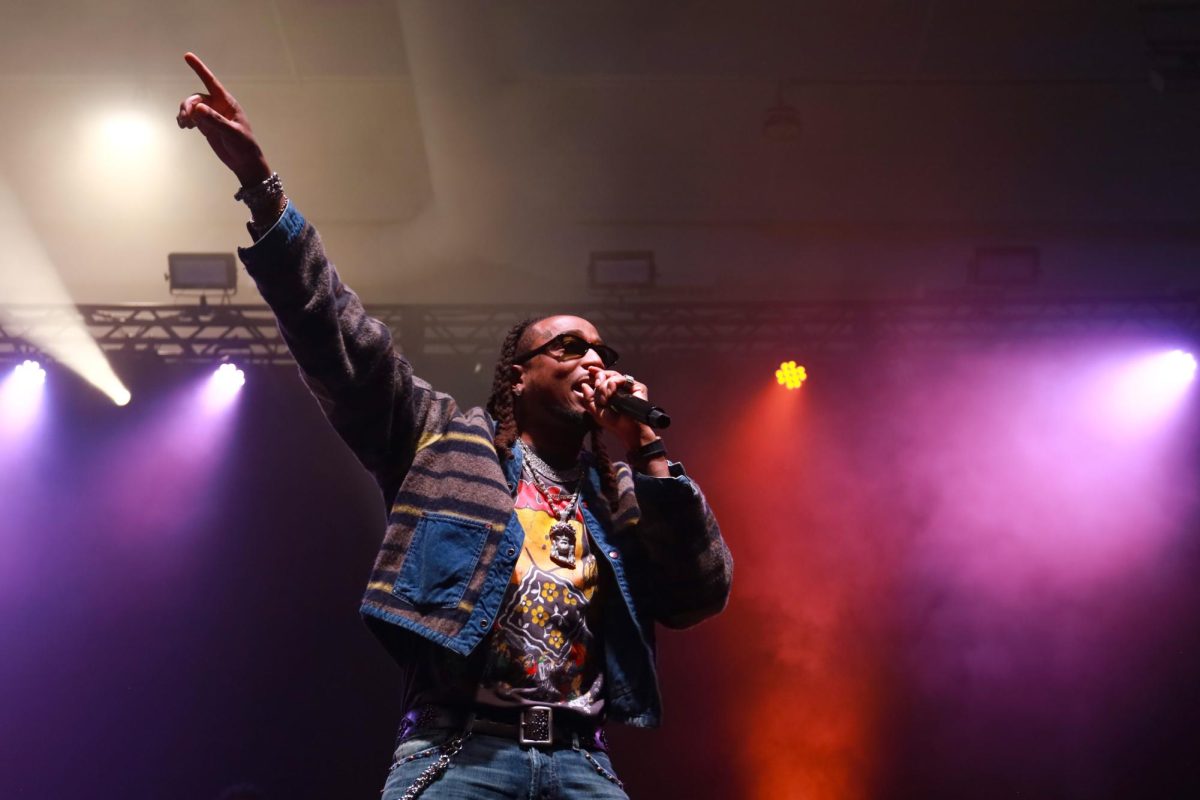
In a city dominated by a black population for much of its history, GW’s progress with civil rights has been marked by years of protests, administrative changes and student action.
The University has transformed from its days of racist former presidents, all-white fraternities and a segregated auditorium less than 50 years ago, to one with a provost and a student center dedicated to diversity.
Here, a timeline of critical milestones explores the University’s advancements and setbacks in its quest for racial progress.
October 1946: A group of black attendees were denied admission to the first commercial performance at Lisner Auditorium.
Actress Ingrid Bergman, who was set to star in the Lisner production of “Joan of Lorraine,” publicly denounced the venue’s segregation in a statement to Lisner’s management. Twenty-two of the show’s performers signed the statement, calling the separate seating “an undemocratic and un-American practice.”
The event sparked a series of protests throughout the show’s run, prompting the National Symphony Orchestra to cancel its scheduled Lisner performances that November and the Dramatists Guild of America to boycott the venue.
In 1947, the Board of Trustees mandated that Lisner desegregate.
1954: After the Supreme Court Brown v. Board of Education ruling denounced “separate but equal,” the University fully integrates.
Prior to GW’s integration, former University President Cloyd Heck Marvin, for whom the Marvin Center is named, publicly defended GW’s segregation policy.
Marvin reasoned that the presence of schools like Howard University afforded black students ample educational resources.
“Students of any race or color perform their best educational disciplines when they are happily situated in a congenial and homogeneous group, and the University, in its tradition and social environment, has long preserved this policy,” Marvin said. “Consistent with this long-standing observance, The George Washington University does not register colored students.”
August 1963: Martin Luther King, Jr. delivers his “I Have a Dream” speech on the steps of the Lincoln Memorial at the March on Washington for Jobs and Freedom.
September 1963: Now-Mayor Vincent Gray enrolled at the University, and was banned from playing on the baseball team because of his race. Gray also became the first black student to join a social fraternity at GW.
October 1963: Freshman Rocky Wright joined the men’s basketball team, becoming the GW’s first black athlete.
February 1968: The Black Student Union hosted its first events on campus in celebration of Black History Month.
April 1968: Two hundred students, many of them white, marched to Rice Hall in solidarity with the Black Student Union and its demands for greater educational opportunities for African-Americans in D.C.
In the years after the University’s integration, members of the Black Student Union demanded that GW’s administration add better programs and resources for black students.
At the time, the University employed no black professors and offered few academic resources on African-American history and culture. The group also encouraged GW to reach out to African-Americans across the District, where many students enrolled in the historically black college, Howard University.
September 1968: The University hired its first African-American professor, Dr. Jay Saunders Redding, who taught two literature and history courses.
September 1968: The University Human Relations Act was established, barring campus organizations from discriminating membership on the basis of “race, religion or national origin.” Unable to comply with the rule, Kappa Delta sorority disbanded on campus.
When the Human Relations Act was enacted, sororities with national policies on racial integration struggled to adhere to GW’s discrimination policy. Kappa Delta was the first to shut down on campus, and by 1971, 10 campus sororities closed.
1969: The University enacted its Educational Opportunity Program, expanding full tuition to 40 African-American D.C. students and providing them with tutoring services and an intensive summer orientation.
In the fall semester of 1968, under University President Lloyd Elliott, the University offered full tuition to 19 African-American D.C. students. The program expanded in 1969 to serve 40 African-American D.C. residents, and offered free summer courses in math and reading to better prepare students for college classes.
April 1975: The historically black sorority Delta Sigma Theta was established at GW.
1990: The Multicultural Student Services Center was created to better serve minority groups on campus.
February 2011 The University named Terri Harris Reed as its first provost for diversity and inclusion, as it has also expanded admissions outreach to black and other minority students.







